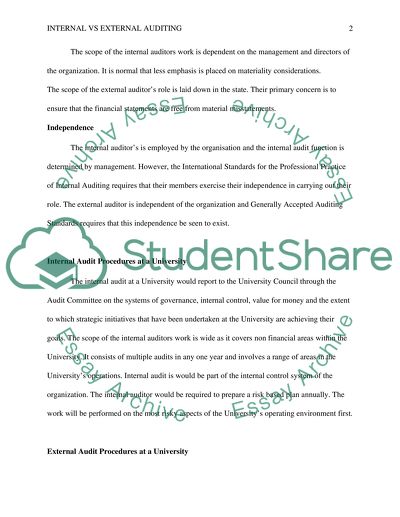Cite this document
(“Differences between internal and external audit Essay”, n.d.)
Retrieved de https://studentshare.org/finance-accounting/1390264-internal-vs-external-auditing
Retrieved de https://studentshare.org/finance-accounting/1390264-internal-vs-external-auditing
(Differences Between Internal and External Audit Essay)
https://studentshare.org/finance-accounting/1390264-internal-vs-external-auditing.
https://studentshare.org/finance-accounting/1390264-internal-vs-external-auditing.
“Differences Between Internal and External Audit Essay”, n.d. https://studentshare.org/finance-accounting/1390264-internal-vs-external-auditing.


